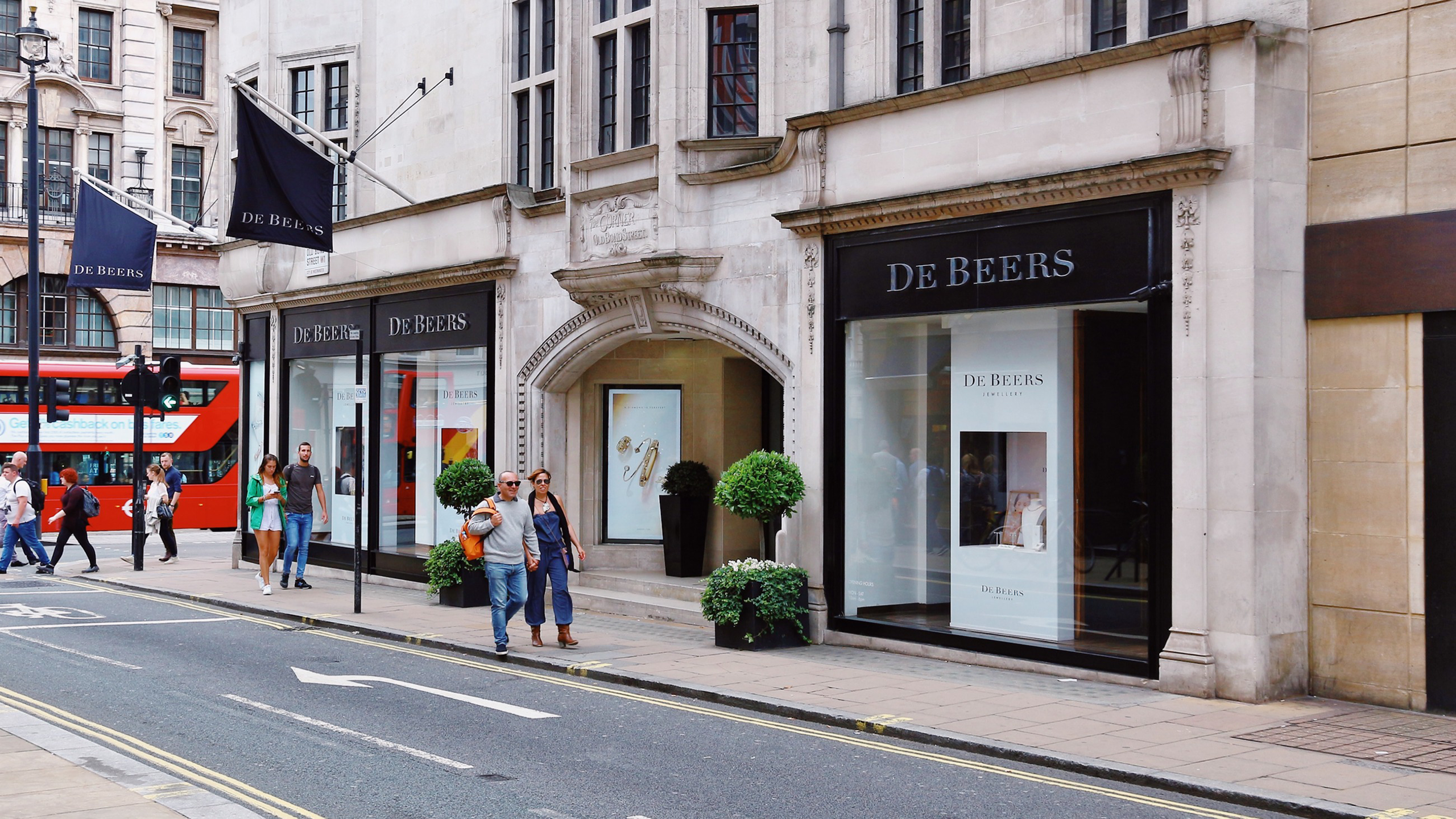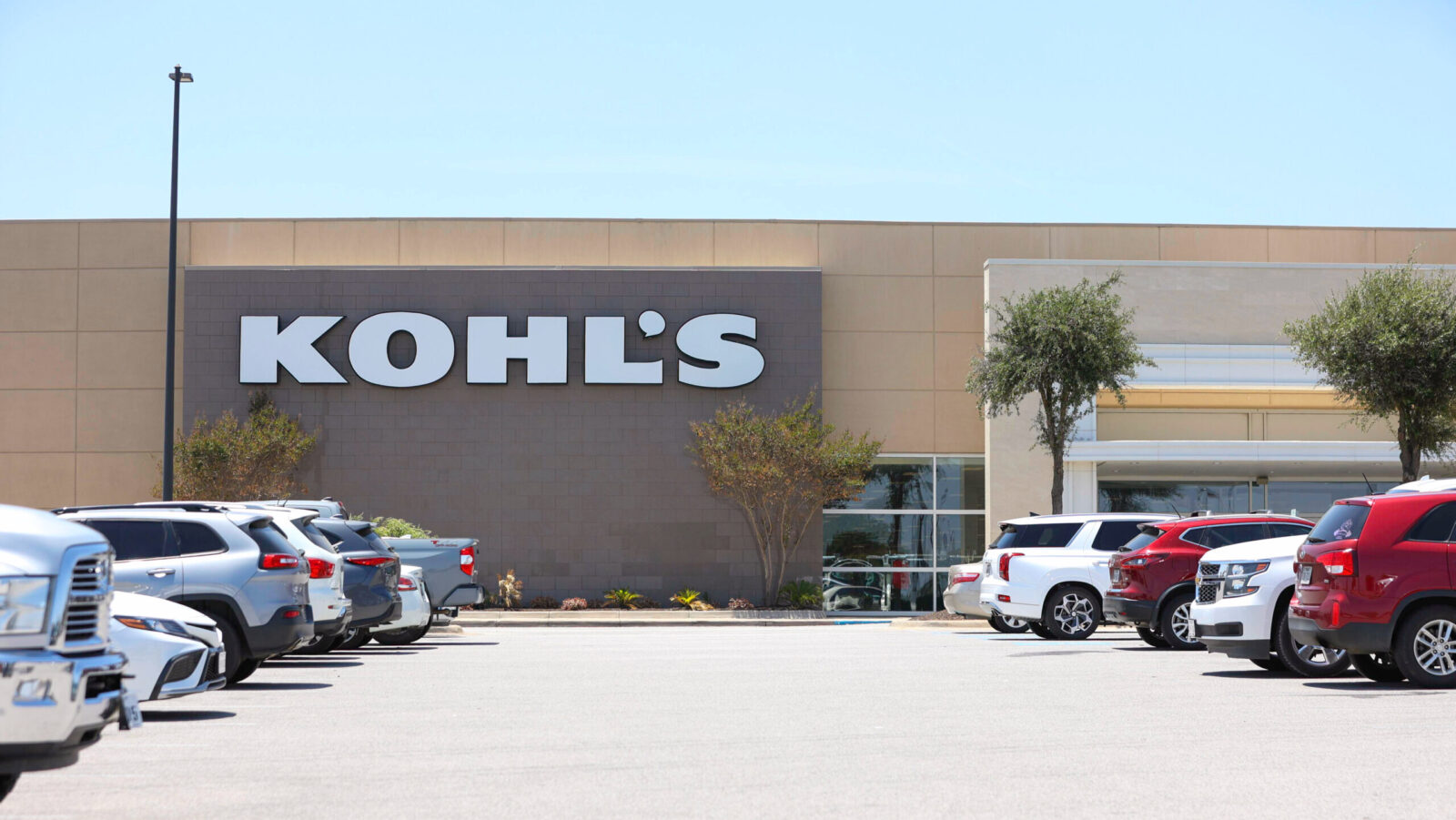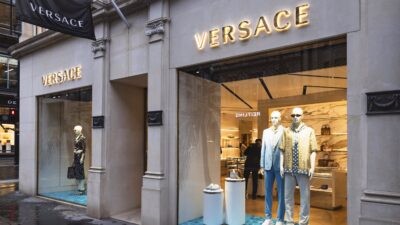Lab-Grown Diamonds? Turns Out They’re Not De Beers’ Best Friend
De Beers, the world’s largest diamond producer, said it plans to shutter its lab-grown jewelry brand LightBox.

Sign up for smart news, insights, and analysis on the biggest financial stories of the day.
De Beers, caught between a rock and a hard market, is dropping its lab-grown jewelry brand.
The world’s largest diamond producer on Thursday said it plans to shutter LightBox and is in discussions with potential buyers to sell off assets, including inventory.
Diamond Brand in the Rough
The decision aligns with its majority owner, UK-listed Anglo American, restructuring its business from a diversified model to a more focused one. Anglo American plans to spin off or sell De Beers, though timing remains unclear.
In the meantime, De Beers is renewing its identity as a luxury jewelry house by leaning into its high-return natural diamond business after watching prices for lab-grown diamonds decline sharply over the past few years:
- The company said that when LightBox was launched, LGDs were priced at $800 per carat, but prices in the sector have fallen 90% at wholesale since then.
- “The evolution of LGD values in the jewelry sector underpins De Beers Group’s core belief in rare, high-value natural diamond jewelry as a separate category from low-cost, mass-produced LGD jewelry,” the company said in a statement. Element Six, the De Beers subsidiary that produced those types of diamonds for Lightbox, is aiming its synthetic diamond-making toolkit at industrial purposes like producing chips for electronics.
Ethics- and cost-conscious consumers drove the synthetic gem boom that started in the mid-2010s.
Technological advancements made the stones indistinguishable from mined ones to the untrained eye, and they could be bought at a fraction of the cost. A “nice one-carat ideal round lab-grown” would cost $900, compared with the natural equivalent’s price of $5,000, diamond analyst Paul Zimnisky said in an interview with The New York Times.
The boom in synthetics quickly turned to a glut, weighing on prices. Today, one can buy lab-grown diamonds by the kilo, or even a diamond-making machine on China-based online marketplace Alibaba. Natural diamond prices have suffered similar industry dynamics, with prices falling by about 25% after hitting a peak in early 2022. Consumers have been spending more on experiences rather than luxury goods post-pandemic, and the precision of diamond-mining tech has resulted in an oversupply.
Diamonds are forever: While the gems might be losing their cachet as accessories, they could be used as a cache. Researchers have recently found a way to store 1.85 terabytes per cubic centimeter (roughly 2000 Blu-rays) of data in diamonds, with potential retention of millions of years.











